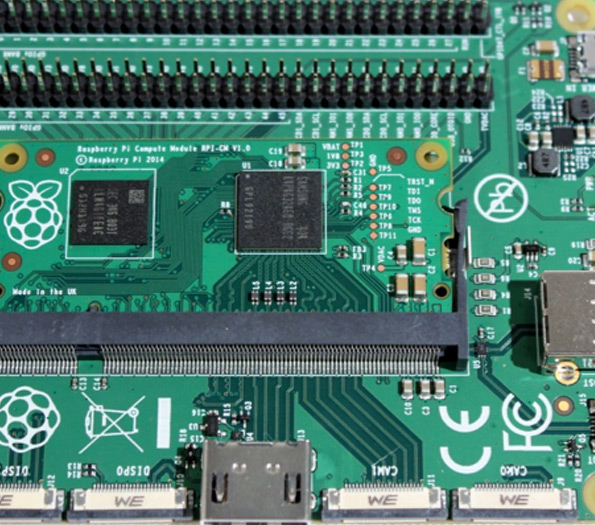

The Art and Functionality of Sandblasted Frosted Glass
Sandblasted frosted glass has emerged as a pivotal design element in modern architecture and interior design, blending aesthetic appeal with practical functionality. Its unique texture and semi-translucent properties offer a plethora of advantages, making it a favored choice for various applications in both residential and commercial settings.
At its core, sandblasted frosted glass is created using a technique that involves blasting glass surfaces with fine sand or other abrasive materials at high pressure. This process results in an uneven surface that diffuses light rather than allowing it to pass through directly, thereby providing privacy while still illuminating the space. The frosted effect can be customized to meet specific design needs, ranging from a subtle haze to a more opaque finish, making it versatile for different applications.
The Art and Functionality of Sandblasted Frosted Glass
Moreover, sandblasted frosted glass is frequently used in the production of doors and windows. It not only serves to punctuate room transitions but also adds an artistic flair to otherwise mundane surfaces. With the option to include decorative patterns, logos, or images during the sandblasting process, designers can incorporate branding into the architecture, making it an excellent choice for commercial properties seeking to reinforce their identity.

In retail environments, sandblasted frosted glass plays a significant role in visual merchandising. Storefronts equipped with frosted glass allow retailers to showcase their brand ethos while creating a sense of mystery that invites customers to step inside. The soft diffusion of light enhances product displays, making them look more appealing and luxurious. This strategic use of materials elevates customers' shopping experience and can significantly increase foot traffic to establishments.
In addition to its aesthetic and privacy benefits, sandblasted frosted glass is also celebrated for its durability and easy maintenance. Unlike traditional curtains or blinds that fade over time or accumulate dust, frosted glass surfaces are resilient and can be easily cleaned with standard glass cleaners. Their longevity and ability to withstand wear make them a cost-effective solution in the long run.
As sustainability becomes a key consideration in design, sandblasted frosted glass aligns with eco-conscious principles. Glass is a recyclable material, and opting for glass products in construction and design can contribute to greener building practices. Additionally, the energy-efficient properties of glass can enhance interior climates by allowing daylight to filter through, reducing the need for artificial lighting during the day.
The popularity of sandblasted frosted glass is also reflected in its integration with lighting design. When illuminated from behind, frosted glass creates an ethereal glow, transforming it into a striking design feature in spaces like restaurants, hotels, and homes. The interplay of light and texture provides a captivating visual element that complements various interior styles, from minimalist to industrial.
In conclusion, sandblasted frosted glass is a multifaceted material that seamlessly combines beauty and practicality. It enhances privacy without sacrificing natural light, provides customization options for branding and design, and represents a sustainable choice in modern construction. As designers continue to explore innovative uses, sandblasted frosted glass will undoubtedly remain a prominent fixture in the architectural and design landscapes, continuing to inspire spaces that are both functional and artistically significant.